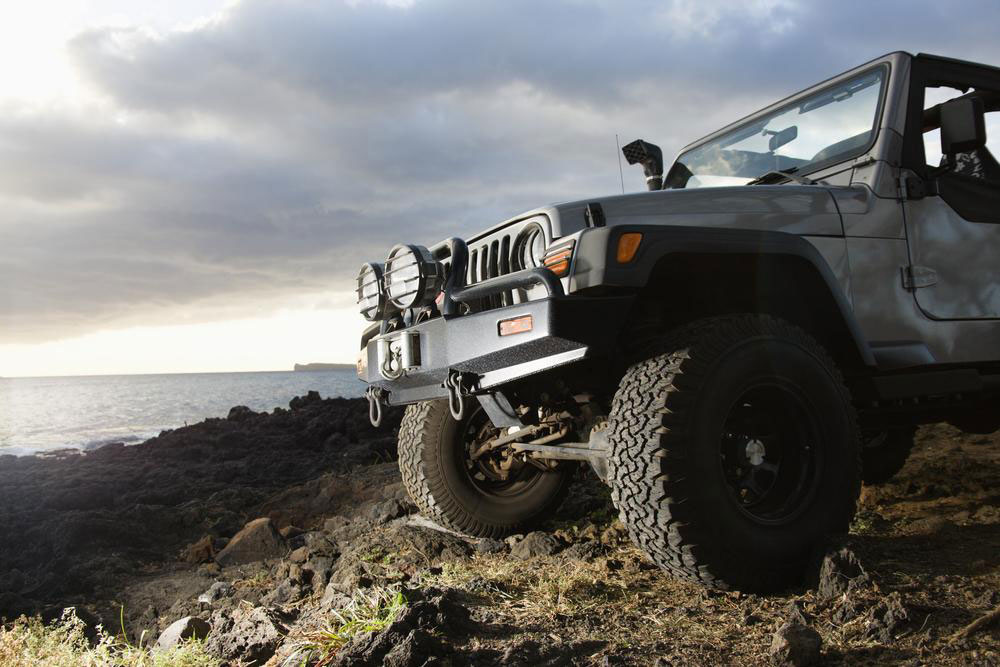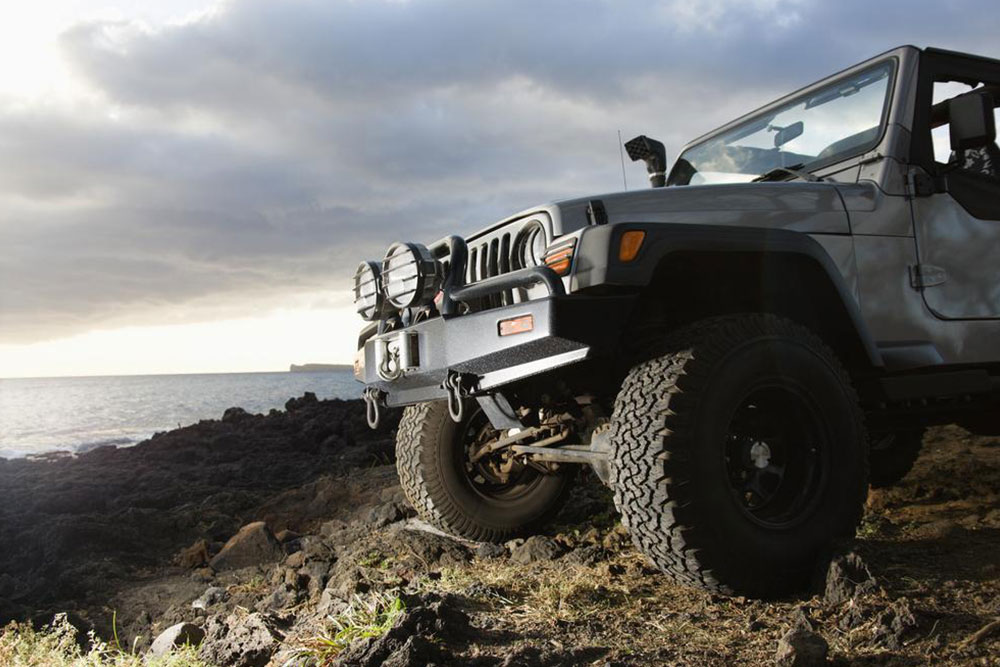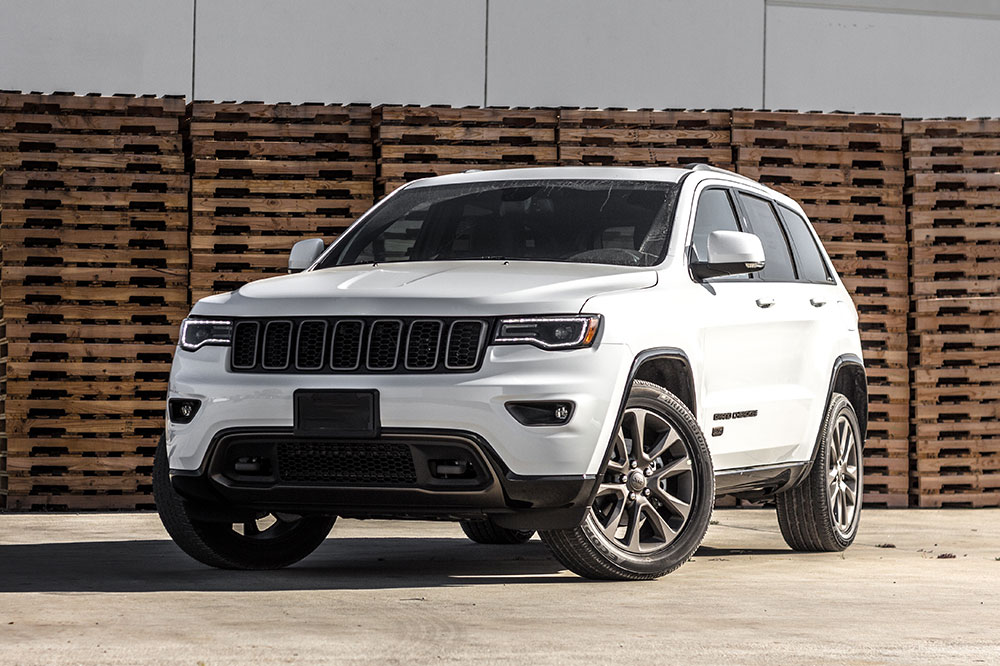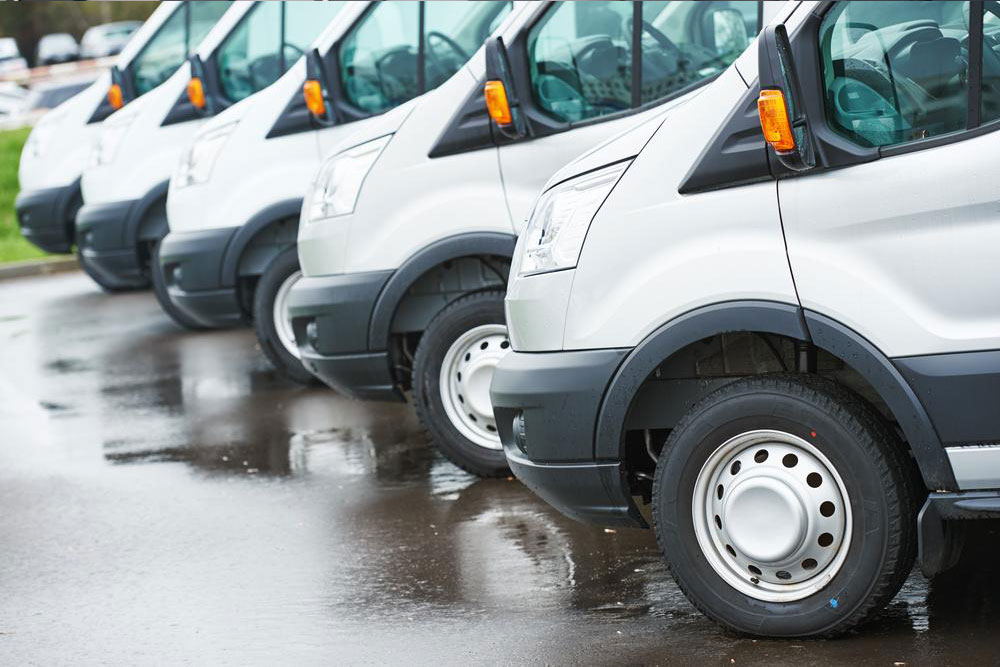Comprehensive Guide to Inspecting a Used Jeep Before Purchase
This comprehensive guide provides essential tips for inspecting a used Jeep before purchase, focusing on rust, tires, leaks, and modifications. Proper pre-purchase inspection ensures buyers avoid costly repairs and find a reliable, off-road-ready vehicle. Learn how to identify potential issues and assess a used Jeep thoroughly to make an informed buying decision. A detailed inspection process helps protect your investment and ensures your Jeep provides years of adventure and dependable performance.

Essential Steps to Safeguard Your Investment When Buying a Used Jeep
The Jeep Wrangler has cemented its reputation as one of the most capable and rugged off-road vehicles available to everyday consumers. Its legendary performance and distinctive design make it a favorite among adventure enthusiasts and city drivers alike. Although models like the Jeep Cherokee are also quite popular, the Wrangler's iconic status makes it a top choice for many buyers interested in versatile off-road capabilities. Purchasing a used Jeep, however, requires meticulous inspection since many units have been subjected to demanding off-road conditions, which can significantly impact their longevity and reliability. So, what are the critical aspects to examine before sealing the deal on a used Jeep?
To help you navigate the process, here are the most essential inspection points to consider before making your purchase, ensuring you get the best value and a reliable vehicle.
Rust and Corrosion: One of the most common issues in used Jeeps, especially those exposed to harsh environments, is rust. Rust not only affects the vehicle’s appearance but can compromise structural integrity if left unchecked. It's imperative to conduct a thorough visual inspection of the undercarriage, frame, and wheel wells. Look for signs of rust — flaky patches, bubbling paint, or discoloration. Gently tap the metal surfaces with a rubber mallet to determine if rust is superficial or penetrating deeper, which might indicate severe corrosion. Pay close attention to areas around the doors, fenders, and suspension points. Excessive rust could be a red flag for future costly repairs or safety concerns, so if significant corrosion is present, consider exploring other options.
Beyond visible rust, check for signs of previous repairs such as patches of fresh paint or welded areas, which might indicate collision damage or extensive corrosion. Use a flashlight to inspect crevices and hidden spots where rust often starts.
Tire Condition and Alignment: Tires are a crucial component for both safety and vehicle performance, yet they are sometimes overlooked during inspections. Examine all four tires closely, noting tread depth and wear patterns. Uneven tread wear, especially on the front tires, can signal alignment issues, improper tire rotation, or suspension problems. Mismatched tires or ones that have been replaced separately can also lead to uneven handling or increased wear. Consider using a tread depth gauge or consulting with a professional to assess whether the tires are within safe limits.
Fluid Leaks and Engine Health: A well-maintained vehicle will be free of fluid leaks. Inspect underneath the engine bay, transmission, and differential for oil, coolant, or other fluid leaks. Look for puddles, stains, or fresh drips. Check all rubber hoses and seals for cracks or signs of deterioration. Running the engine while inspecting the vehicle can help identify leaks early. Persistent fluid leaks could indicate underlying issues that might lead to expensive repairs down the road. Ensure that coolant levels, oil, and other vital fluids are topped up and clean, signaling proper maintenance history.
Modifications and Aftermarket Add-ons: Many Jeep owners enjoy customizing their vehicles with aftermarket parts such as suspension lifts, larger tires, or auxiliary accessories. While modifications can enhance off-road performance, improper or poorly installed upgrades can adversely affect vehicle stability and longevity. During inspection, verify the authenticity and quality of any modifications, especially suspension upgrades. Ensure that upgrades were installed professionally and are compatible with the vehicle model. Poorly designed or installed modifications can lead to handling issues, increased wear, and even safety risks. Review accessory fittings, welds, and mounting points carefully.
In addition to these core inspection points, it’s advisable to take the vehicle for a test drive to evaluate handling, braking responsiveness, and noise levels. Consider enlisting the help of a qualified mechanic for a comprehensive pre-purchase inspection to identify potential issues that might not be evident during visual examination alone.
Ultimately, buying a used Jeep can be a rewarding experience if you take the necessary steps to thoroughly inspect the vehicle. By focusing on rust, tires, leaks, and modifications, you can avoid costly repairs and ensure your Jeep will deliver the rugged performance it’s renowned for. Remember, patience and detailed inspection are your best tools in securing a reliable used Jeep that will serve you well for years to come.




